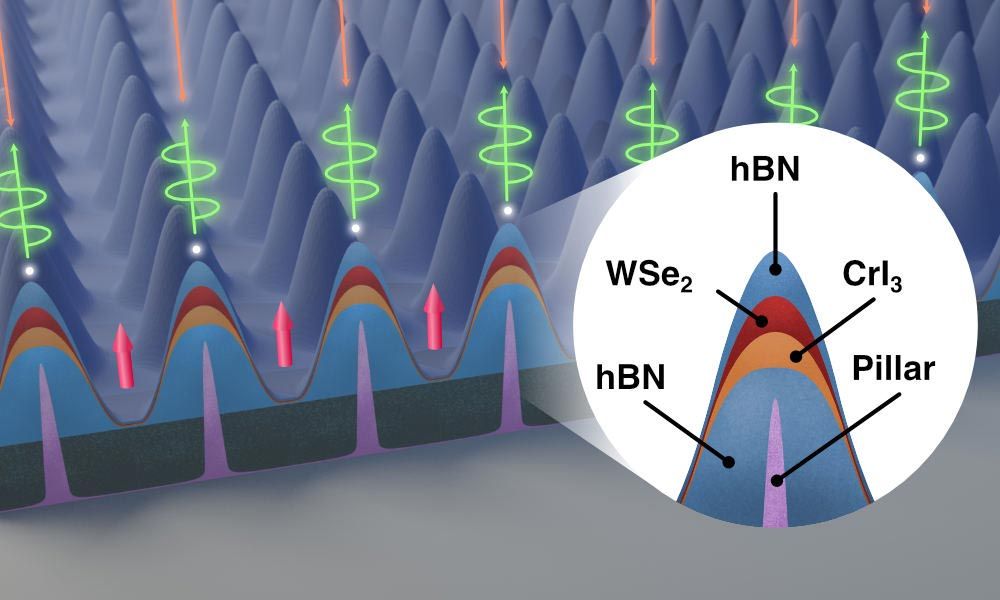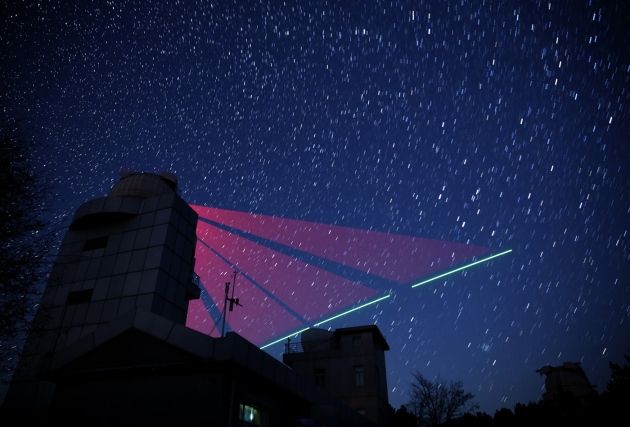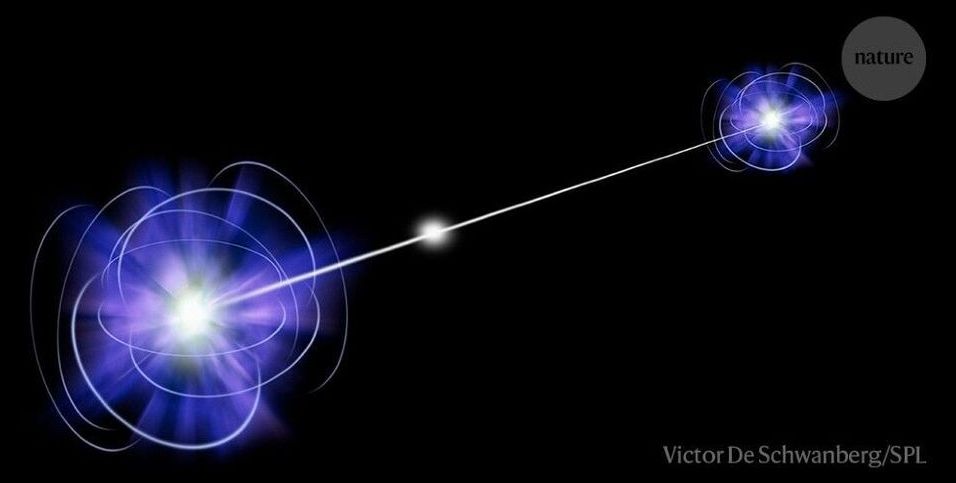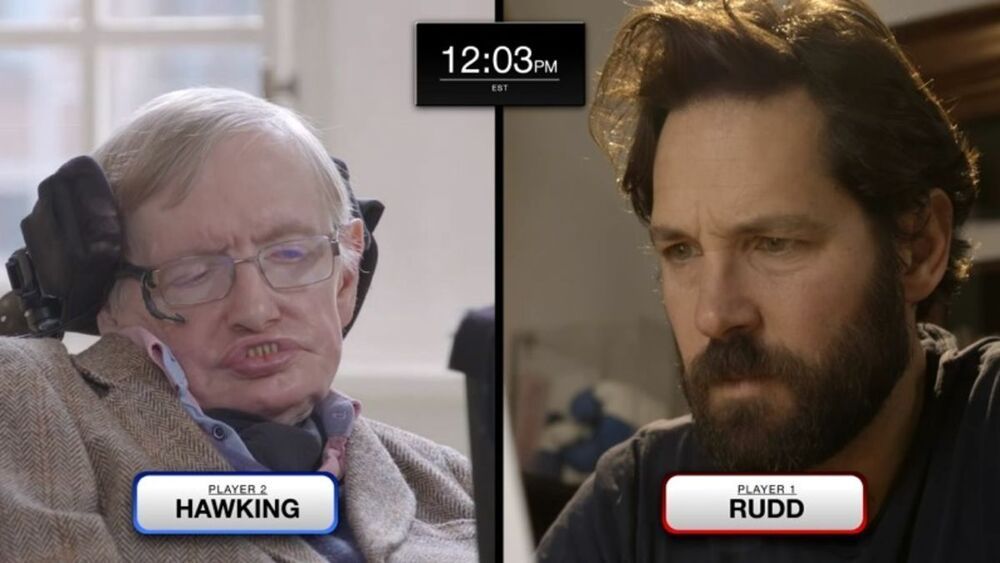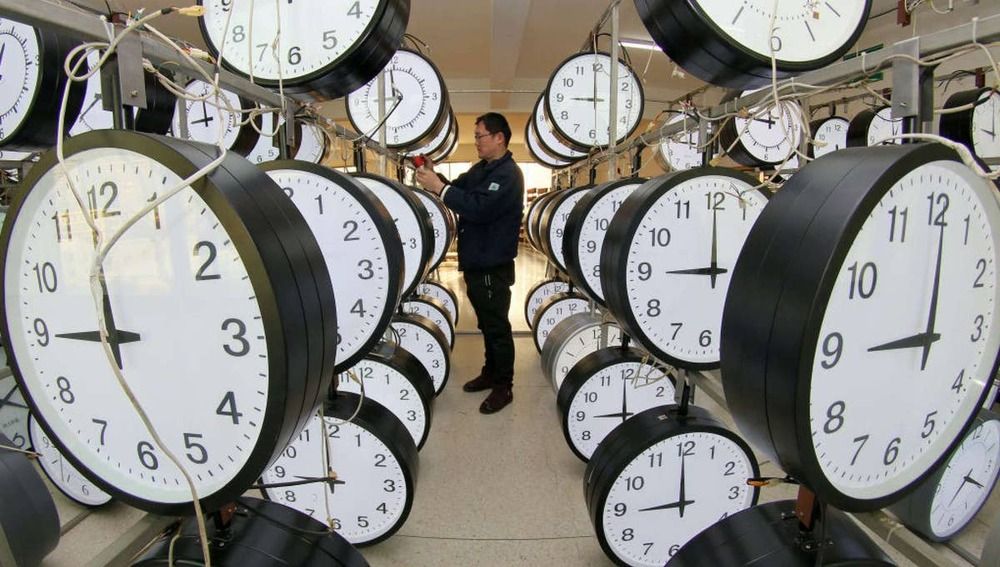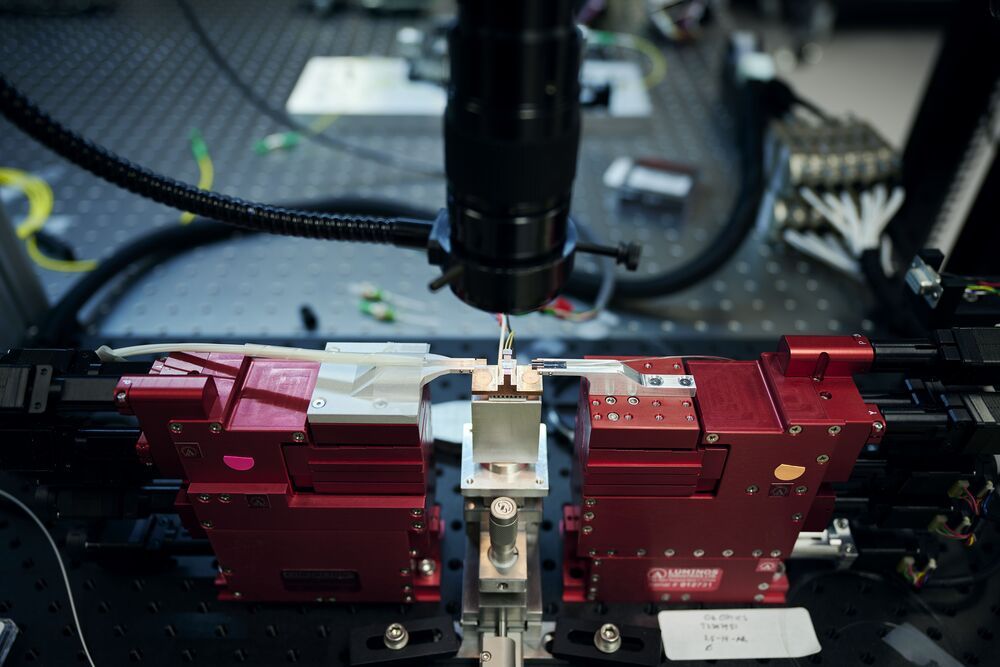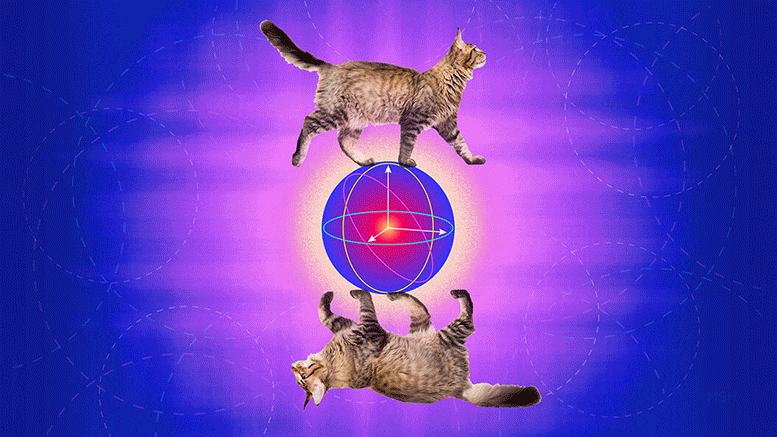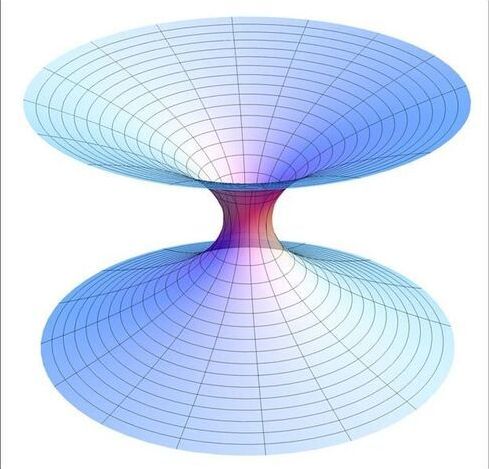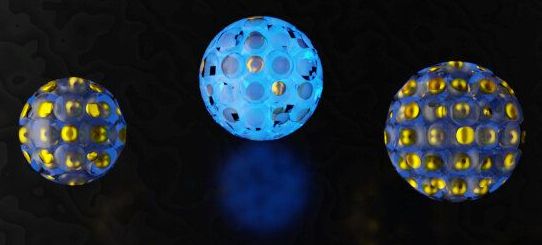New research demonstrates a way to use quantum properties of light to transmit information, a key step on the path to the next generation of computing and communications systems.
Researchers at the University of Rochester and Cornell University have taken an important step toward developing a communications network that exchanges information across long distances by using photons, mass-less measures of light that are key elements of quantum computing and quantum communications systems.
The research team has designed a nanoscale node made out of magnetic and semiconducting materials that could interact with other nodes, using laser light to emit and accept photons.
